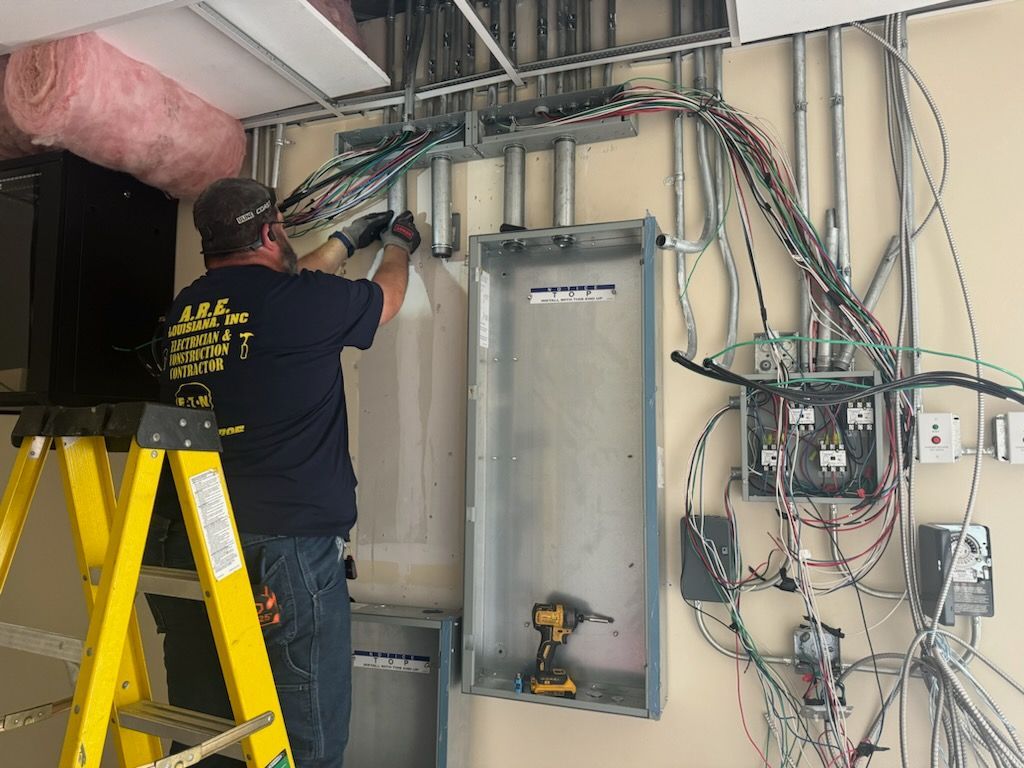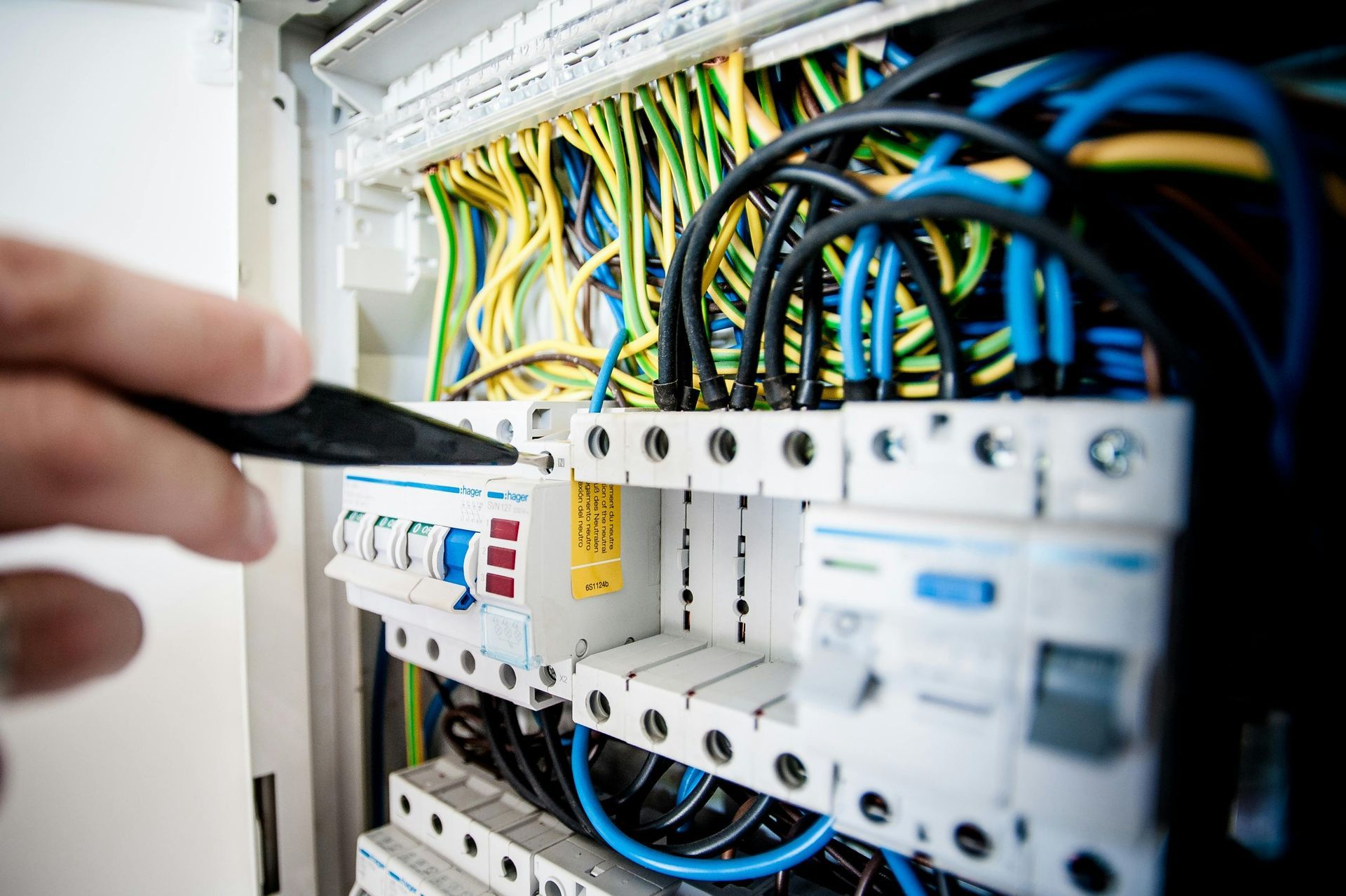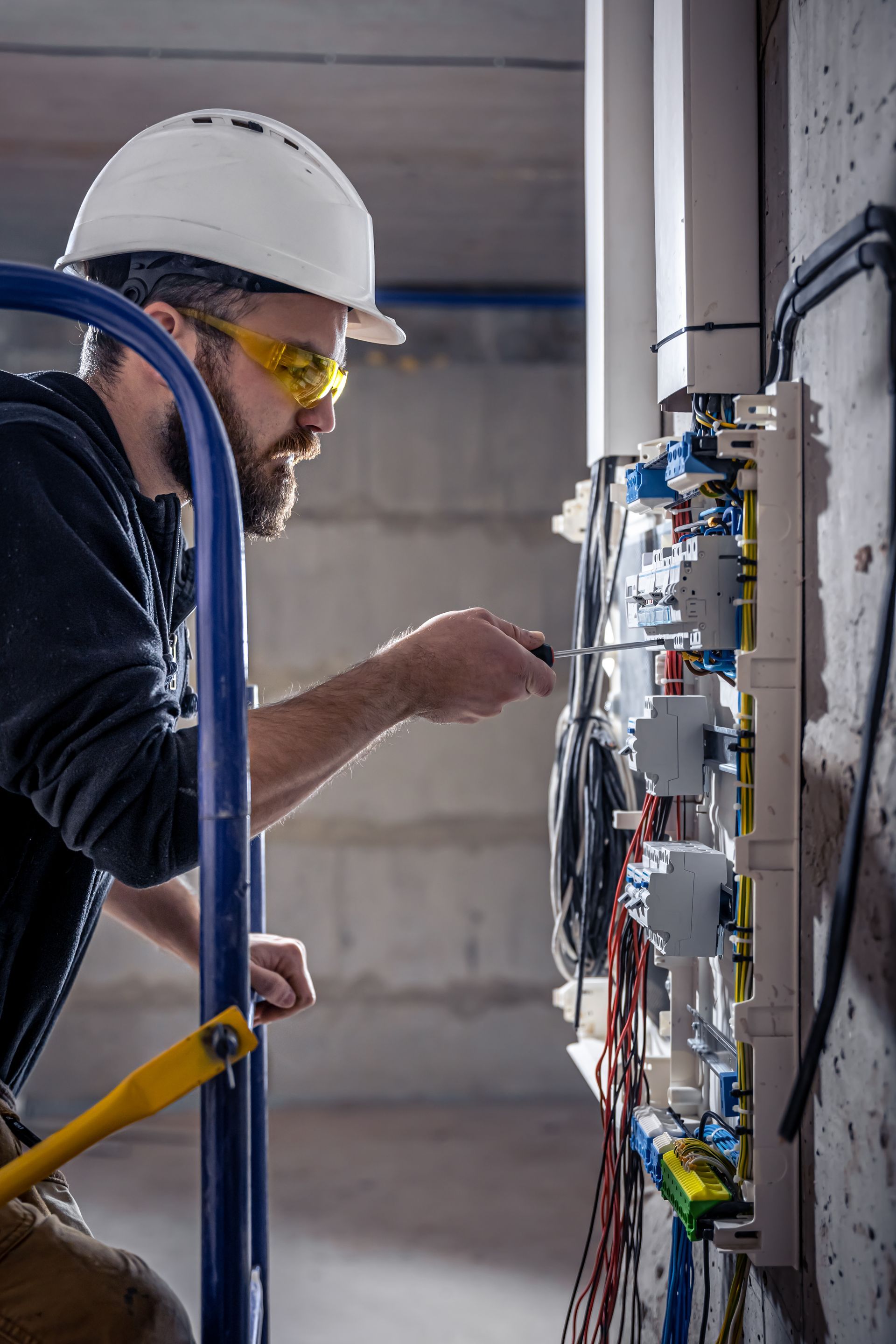Circuit breakers are like the unsung heroes of your electrical system. When they trip, they’re doing their job—protecting your wiring, equipment, and even your building from potential hazards. But when it happens repeatedly, it’s more than a minor inconvenience—it’s a signal that something deeper needs attention. As someone who’s worked with businesses of all sizes to optimize their electrical systems, I’ve seen my fair share of tripping breakers, and I know the frustration they cause. Let’s break this down.
What Are Circuit Breakers, and Why Do They Trip?
The Role of a Circuit Breaker
Think of a circuit breaker as a safety switch. It monitors the electrical flow in a circuit and automatically shuts it off when something goes wrong—like a short circuit, an overload, or a ground fault. This interruption prevents overheating, fires, and damage to your equipment.
Why Tripping Is a Good Thing
While it’s tempting to see tripping as a nuisance, it’s a sign your system is working correctly. A tripping breaker is your electrical system’s way of waving a red flag, alerting you to issues before they escalate into expensive—or dangerous—problems.
Common Reasons Circuit Breakers Trip
1. Overloaded Circuits
This is the most common culprit, especially in commercial spaces where multiple high-power devices run simultaneously. For example, I once worked with a bakery where their ovens, mixers, and freezers were all pulling power from the same circuit. The breaker was tripping daily, disrupting their operations.
Solution: Distribute the load by rearranging devices across different circuits or upgrading to a higher-capacity system.
2. Short Circuits
A short circuit happens when a live wire touches another live wire or a neutral wire. This creates a surge of electricity that can cause the breaker to trip. Short circuits often produce visible signs like burnt marks or a noticeable smell.
Solution: Call a licensed electrician to identify and fix the wiring issue. Never attempt to troubleshoot this yourself—it’s dangerous.
3. Ground Faults
Ground faults occur when a live wire comes into contact with the ground wire or a grounded surface, causing an abnormal surge of electricity. These are common in areas with moisture, such as kitchens or outdoor spaces.
Solution: Install ground fault circuit interrupters (GFCIs) to provide an extra layer of protection in vulnerable areas.
4. Aging or Faulty Equipment
Old or poorly maintained equipment can draw inconsistent amounts of power, leading to frequent trips. A client in the hospitality industry once complained about constant breaker trips during peak hours. The culprit? A decades-old HVAC unit that was well past its prime.
Solution: Regularly inspect and replace outdated or malfunctioning equipment.
How to Prevent Circuit Breaker Trips
1. Conduct Regular Electrical Inspections
Just like you wouldn’t drive a car without regular maintenance, your electrical system needs routine check-ups. Schedule professional inspections at least once a year to catch potential problems early.
2. Upgrade Your Electrical System
As your business grows, so do your power needs. If your system wasn’t designed to handle your current load, consider an upgrade. A retail store I worked with saw their sales floor expand but neglected to update their electrical system. After upgrading, their breaker trips stopped entirely.
3. Use Dedicated Circuits for High-Power Equipment
If you’re running heavy machinery, HVAC systems, or industrial kitchen appliances, dedicated circuits are non-negotiable. Sharing circuits leads to overloads and frequent trips.
4. Educate Your Team
Train your staff to recognize signs of electrical strain, like flickering lights or unusual noises from outlets. Awareness can prevent overloading and reduce wear on your system.
5. Invest in Surge Protectors
Surges caused by storms or power outages can lead to breaker trips or even damage your equipment. Installing surge protectors can save you from these headaches.
Personal Anecdote: The Office That Cried Breaker
A few years ago, I consulted for a law firm that kept experiencing breaker trips during high-stakes meetings. After inspecting their system, I discovered their conference room’s outlets were overloaded with coffee machines, chargers, and presentation equipment. By installing dedicated circuits and educating their team on power distribution, we solved the issue. Now, their breakers—and their lawyers—are cool, calm, and collected.
When to Call a Professional
If your breaker trips more than occasionally, don’t ignore it. Persistent tripping indicates a deeper problem that needs professional attention. Electricians can perform load calculations, identify wiring issues, and recommend upgrades to keep your system running smoothly.
Conclusion
Circuit breakers are your first line of defense against electrical disasters. When they trip, they’re protecting you from something bigger. By understanding the common causes of breaker trips and implementing preventative measures, you can keep your business running smoothly—and safely.




